The Swiss driver's license offers a range of categories to suit every type of vehicle. Whether you want to drive a motorcycle, a car or a truck, each category has its own specific requirements. In this article, we guide you through the main categories, their conditions and the steps to obtain them.
The main categories of driver's license in Switzerland
In Switzerland, each license corresponds to a specific vehicle type and power rating. Here are the most common categories:
Category A (Motorcycles) This category includes several sub-categories depending on the power of the vehicle. The A1 license, available from the age of 16, authorizes the driving of motorcycles up to 125 cm³. The limited A license, for motorcycles up to 35 kW (48 hp), is available from the age of 18. Finally, the unlimited A license, for motorcycles with no power restrictions, can be obtained from the age of 20, after 2 years' experience with a limited A license.
Category B (Car) This license allows you to drive vehicles weighing up to 3.5 tons and carrying up to 8 passengers. It is available from the age of 18, and also includes the right to tow a light trailer weighing less than 750 kg. A BE license extension is required for heavier trailers.
Category C (heavy goods vehicles) This category is for drivers of vehicles over 3.5 tonnes, such as trucks. The C1 license, for vehicles between 3.5 and 7.5 tonnes, offers an intermediate option. These licenses require a medical examination and are available from the age of 18.
Category D (Passenger transport) The D license is for bus and coach drivers carrying more than 8 passengers. It is available from the age of 21. For smaller vehicles, such as minibuses, the D1 license is an alternative.
Category F and G (Agricultural vehicles) These permits are intended for agricultural or special vehicles. The F permit applies to vehicles travelling at less than 45 km/h, while the G permit covers vehicles up to 30 km/h.
Steps to obtain a Swiss driver's license
To obtain a driver's license in Switzerland, you need to follow a multi-step process, which varies slightly depending on the category you choose.
1. Eye test and student permit registration The first step is to have your eyesight tested by an approved optician or ophthalmologist. This test, compulsory for all categories, guarantees that you have sufficient visual acuity to drive.
2. Theoretical examination Once you've passed the vision test, you need to pass the theory test. This test covers traffic rules, road signs and how to behave in an emergency. This step is essential if you are to understand the Swiss Highway Code and become a responsible driver.
3. Practical training With your learner's permit, you can begin practical lessons with a certified driving instructor. These courses include maneuvering exercises, such as parking, and training in real-life road conditions. For some categories, such as motorcycle or HGV driving licenses, a minimum number of practical hours is compulsory.
4. Practical test Once you're ready, you take the practical test, which assesses your driving skills and compliance with traffic regulations. This test is the last step before you receive your license.
5. Probationary period A and B licenses include a three-year probationary period, during which you must take additional courses to obtain your full license.
Why choose the right category of licence?
Choosing the right category for your needs is essential for safe, legal driving. Each category is designed to meet specific requirements, whether for personal journeys or a career in transport. For example, a B license is perfect for everyday use, while C and D licenses are ideal for jobs requiring heavier vehicles or passenger transport.
Tips for passing your Swiss driving test
- Review the Highway Code regularly to pass the theory test.
- Practice frequently with a driving instructor to acquire solid reflexes and safe driving.
- Vary your workouts driving on urban roads, freeways and rural areas.
Conclusion
Visit Swiss driver's license is designed to suit a wide variety of vehicles and needs. Whether you want to drive a car, a motorcycle or a commercial vehicle, there's a category to suit your needs. By following the necessary steps and choosing the right training, you can obtain your license quickly and confidently. Contact a local driving school to start learning today.

Hello,
How can I obtain an unrestricted d1 license if I already have a restricted d1 license for 3.5 t? Do I have to take the whole course or just part of it?
Hello
Call us on +41 79 886 62 82 and we'll answer your questions.
Kind regards
The In-Town team